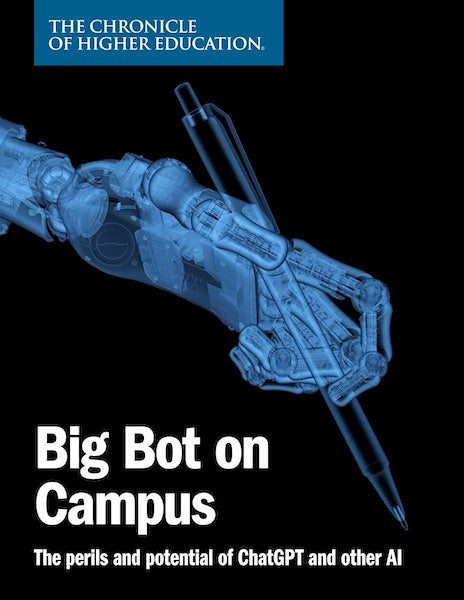

artificial intelligence (noun)
1: a branch of computer science dealing with the simulation of intelligent behavior in computers
2: the capability of a machine to imitate intelligent human behavior*
*“artificial intelligence,” Merriam-Webster.com Dictionary, https://www.merriam-webster.com/dictionary/artificial%20intelligence.
Click through to see some of the artificial intelligence and machine learning books at the library.

ChatGPT is the common name of AI operated chat software created by Open AI.
ChatGPT 3.5 is the current, free, version that is available for all users to explore and test out the abilities of an AI prompt system (4.0 is available on a limited basis).
ChatGPT Plus and ChatGPT Enterprise are the most recent options put out by Open AI. These are subscription based and do have associated fees. There are various benefits to these programs that users may find helpful, though Plus currently uses the same platform as 3.5.
The main difference is in its availability.
ChatGPT is accessible via an app or desktop and has a free version that allows exploration without the need to purchase software or a subscription.
There are a number of other AI programs available for public use. These include:
While not all of these are chat bots and may not be seen in a traditional higher education setting, it is important to understand that these programs are designed for a variety of purposes and may be useful tools to explore.
One issue with the current AI detection software options is that, due to the characteristics they are looking for, they may flag original, human-created content as being the work of AI. There are currently only two options for detection of AI, TurnItIn and RoBERTa Base OpenAI Detector. Unfortunately, neither of these are entirely accurate, especially if the user has used another option, known as a "text spinner," to rewrite, paraphrase, or otherwise alter the AI generated text to sound more human.
TurnItIn has been used by instructors since its creation to check student submitted materials for plagiarism.
Because it is a private company, Turnitin has not released their methodologies, meaning they cannot be assessed for bias or other potential issues. They also do not have access to papers and materials through paid sites that students may utilize to purchase pre-written papers. They do offer another product for purchase that attempts to authenticate the authorship of materials, but it is not included in the standard package.
It also regularly flags common phrases as being problematic when they are appropriate topic terms. Examples of flagged content includes phrases such as "climate change," "Oedipus complex," and "obesity in America." Sentences that are commonly constructed using these terms may also be flagged.
RoBERTa Base OpenAI Detector is designed to detect GPT-2 output, which is an earlier model than those generally being used (GPT-3.5 and GPT-4).
The current technology that creates AI generated images is still in development, leading to created images with features that some are able to more easily identify as being created by programs, such as DALL-E. Reverse searches in Google and careful inspection can reveal an AI generated image.
